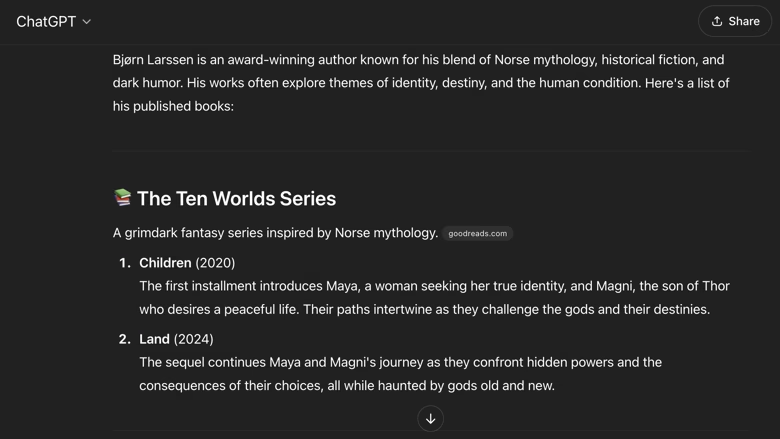Human on the verge of a nervous breakdown
Ever since I’ve read the results of a BookBub survey about authors’ use of AI I’ve been low-key depressed and demotivated. 45% of the 1,200+ authors surveyed (I was one of them) have used AI in various ways – take a look at the survey to see what they’ve done with it. Some are pretty smug about it. Others, including me, are… I’m not sure. Fossils?
Write every day
(All the quotes used in this post come from the survey, unless indicated otherwise)
“It’s a great accelerator (I have two books in flight — I can probably get them both out in the time it previously took to write one).”
I am working on one book right now, Bloodbath & Beyond, the sequel to Why Odin Drinks (follow me on Bluesky for daily snippets – check out the #WhyOdinDrinks hashtag). I hope it will come out this year, with emphasis on ‘hope’. Still, I can’t imagine using generative AI to ‘accelerate’ my process. Even if it was any good at it, which it isn’t.
I think of myself as a sculptor; I have a vision of what I want to achieve, and I chop and chisel at the words until I get exactly where I want to be. I see no use for AI there at least until it learns telepathy. I know what I want to give my readers and I know when it’s not there yet. But…
“I’m in a Facebook group of authors using AI to create books monthly, weekly, and daily. I believe it will alienate a readership that already has a hard enough time sorting through the glut of available reading options.”
Daily. That’s not an author, that’s a factory.
…

